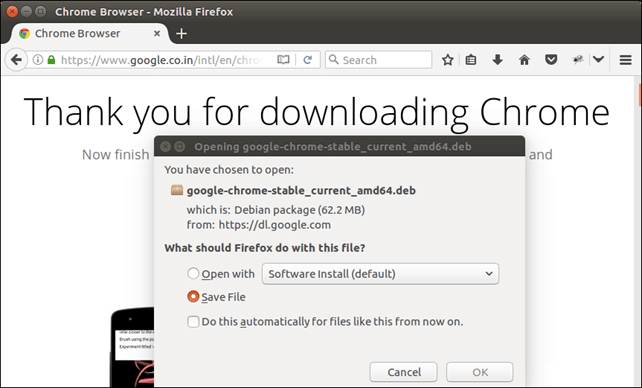

- Install meld on ubuntu 16 how to#
- Install meld on ubuntu 16 update#
- Install meld on ubuntu 16 full#
- Install meld on ubuntu 16 password#
- Install meld on ubuntu 16 windows#
Install meld on ubuntu 16 how to#
Here is how to set it up : sudo apt install mailutils ssmtp
Install meld on ubuntu 16 password#
However if you don't want to use an account and store username + password on the server, you can use port 25 (no authentication) and refer in the FROM field to a service account ( ) redirected to simplify the procedure, one can use the default service account named or a customized one like which is equivalent to the first one. Note : Sending emails at EPFL requires authentication (using port 465 SSL/TLS). You, as admin, might also want to use that command mail in your scripts. This is useful for the case the server wants to notify the admins of a problem, like an error while running a cron or whatever else that would use the command mail. This only applies to VMware virtual machines sudo apt install open-vm-tools G)
Install meld on ubuntu 16 full#
You can have multiple non-admin users : sudo groupadd username sudo useradd -m -c " Full User Name" -g username -s /bin/bash username sudo passwd username F)
Install meld on ubuntu 16 windows#
Use multiple shell windows and keep them active even after logout (alternative to screen) sudo apt install tmux multitailįollow several logs in one console sudo apt install multitail Glances Use multiple shell windows and keep them active even after logout (alternative to tmux) sudo apt install screen tmux Nice output of a whole tree of files sudo apt install tree screen

Linux_CIFS_method = mount.cifs Vi ImprovedĮdit files from command line with vi (which alias to vim) sudo apt install vim tree
Install meld on ubuntu 16 update#
Sudo apt update & sudo apt install enacdrives Mount/umount EPFL's NAS on the server sudo vi /etc/apt//enacrepo.list # ĭeb xenial main # pour Ubuntu 16.04 LTS wget -q -O- | sudo apt-key add. It's useful to exit the terminal before so that bash history is saved. The second reboots the server and exit the terminal. The 1st command is a shortcut to fetch the list of the updates available apply them (after listing them and asking the admin his agreement) and finally display a message if the reboot is required (or no message).

These settings are written in italic like : 128.178. Some settings only apply to one computer (e.g. PREAMBLE Which settings in this doc has to be adapted ?


 0 kommentar(er)
0 kommentar(er)
